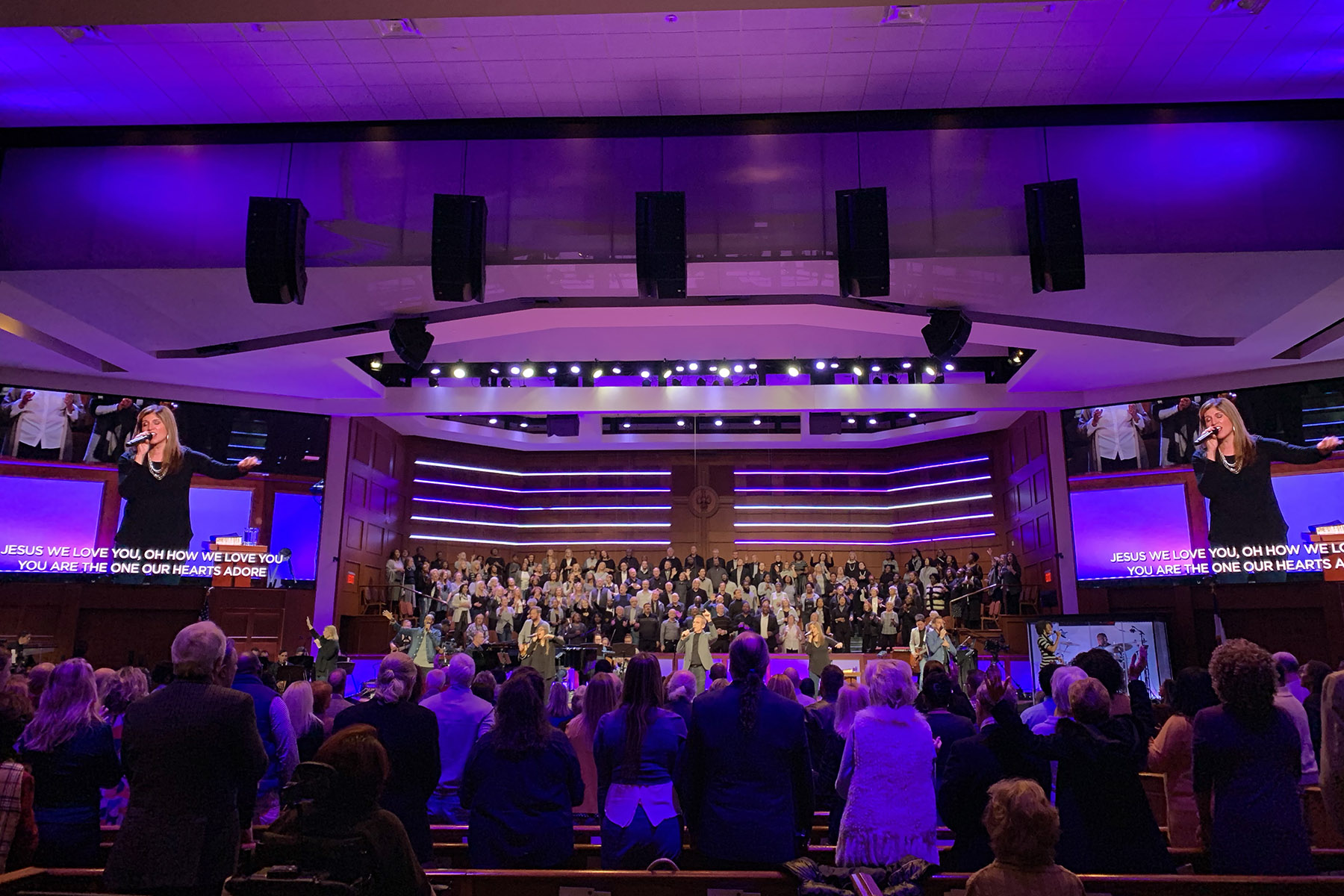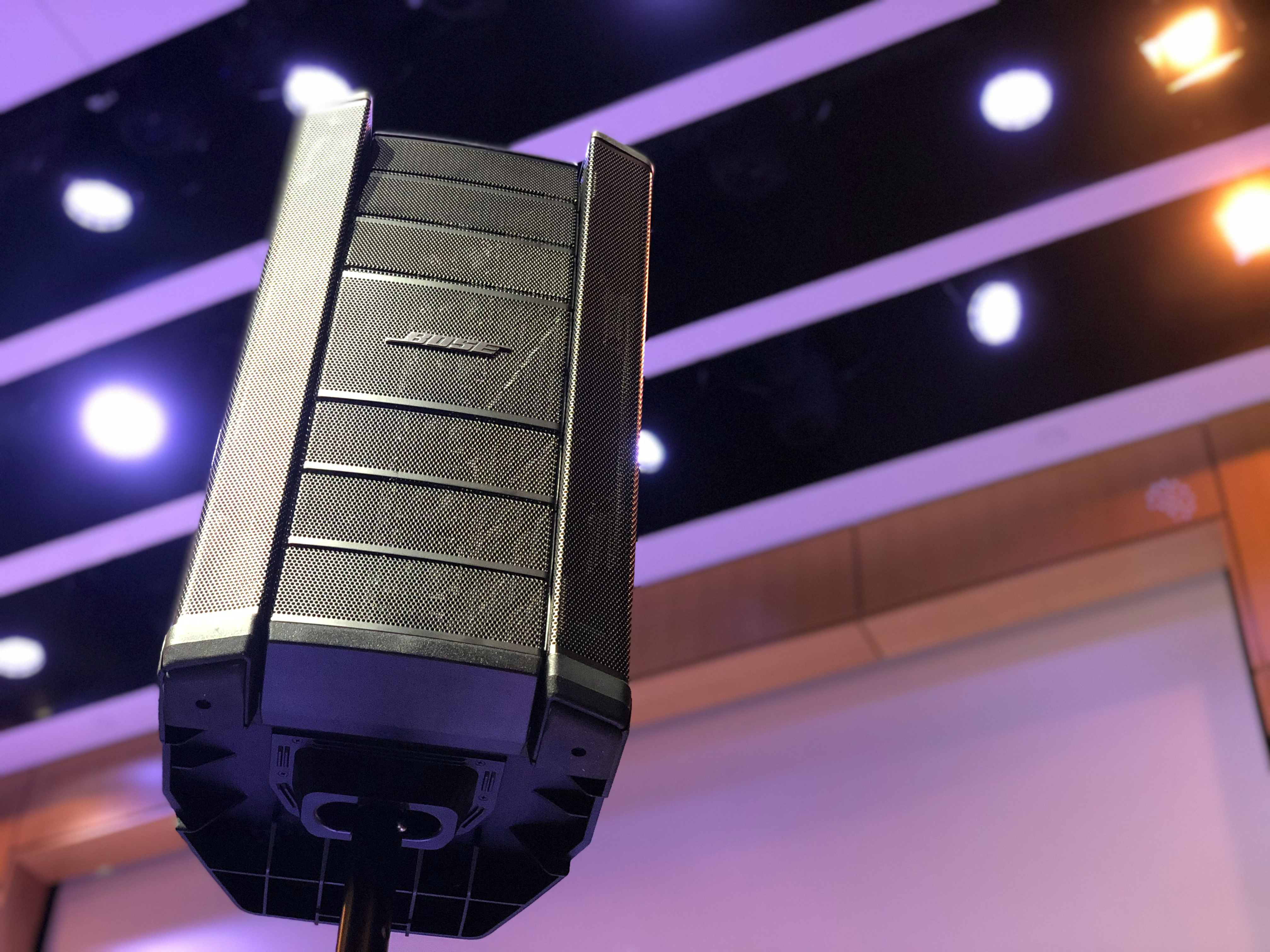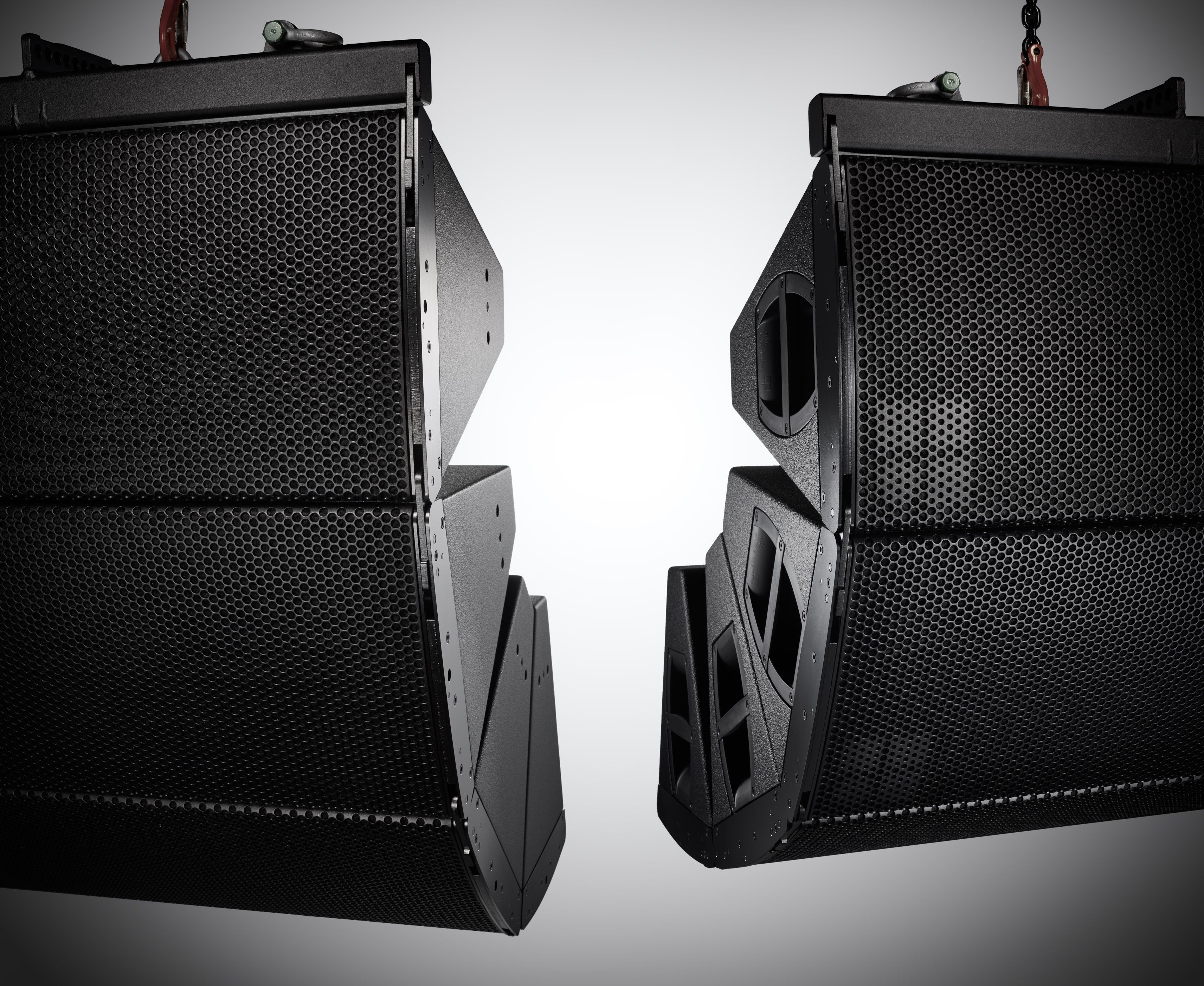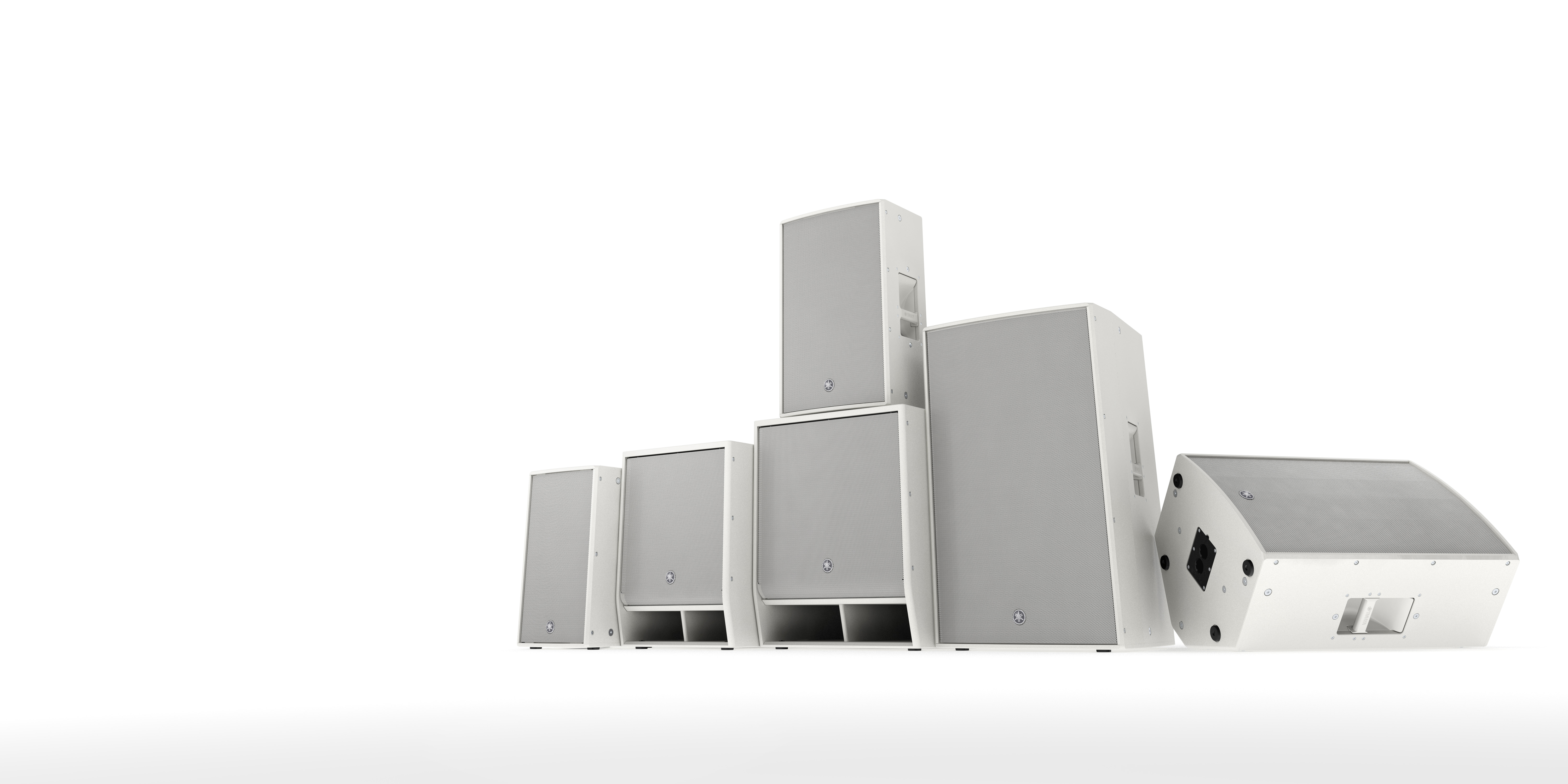There’s no question that the ways people come together to worship have changed dramatically this year. That has also meant a lot of changes to the way services sound—and what they may sound like in the future.
“COVID-19 has pushed everybody to understand that a lot of their congregation base, even in the future, has found ways to make home church, and church home,” said Joshua Maichele, application engineer, install and house of worship specialist, USA and Canada, at L-Acoustics.
The various ways that houses of worship (HoW) may handle this new frontier—from procuring new audio and video gear, to repurposing existing church gear, to providing more streaming-focused support and training—may seem at first like a daunting challenge to those who provide audio services, but as Jeff Hawley, marketing maestro at Allen & Heath, noted, it might be an opportunity for those who are considering the deeper issues at hand.
“The main concern I’m hearing on the integrator and consultant side has to do with how to best tackle this sudden shift in requirements from in-person services to streamed and on-demand video production,” he said. “The root concern, though, is likely some variant of ‘Can we continue to provide a sense of community and real connection in all formats and flavors to the congregation?’”
For systems contractors, determining how to provide assistance in creating a welcoming space, both physically and virtually, may be a part of the workflow for the foreseeable future, Maichele said. “I think web streaming services is not just an option anymore, which means your P.A. selection is very important. Maybe that colored sound you like in your room doesn’t translate well to streaming, and you have to figure out how to deal with that.”
[The Integration Guide to Houses of Worship]
Tres Cozad, systems engineering manager at Yamaha Corp. of America, agreed. “Streaming is here to stay. There is no doubt about that. This means systems contractors need to be thinking about network bandwidth and ways to prioritize streaming on Sundays. Well before the building is constructed or modified, church production teams and integrators need to be more cognizant of the quality of audio and video production for the ‘at-home’ viewer experience. Contractors have to remember that the experience needs to be just as engaging on a 5-inch phone screen as it is inside the room.”
One complicating factor for making the virtual experience match the live one is budget—although finding funding to update audio systems is not a new challenge for many houses of worship. However, as Hawley pointed out, protocols like Audinate’s Dante may provide more evident benefits these days.
“In scenarios where church budgets don’t allow for major new purchases, it may be possible to shuffle audio gear around and repurpose a secondary console that was previously used for monitor mixing or the youth worship space and rejigger it for tailoring the broadcast mix,” Hawley said. “With a well-designed Dante network, these sorts of system tweaks can be easily made in the system software configuration.”
Expanding Audio
Another challenge that goes beyond the pandemic-related ones currently facing houses of worship? L-Acoustics’ Maichele noted the trend of expansion, pointing to the issues that arise when, say, a megachurch expands to a multi-campus model that features smaller satellite spaces.
Providing the right sonic fit for particular spaces is also the goal of new augmented arrays from d&b audiotechnik. The A-Series is built for spaces in need of a Goldilocks solution. As Marc Lopez, vice president of marketing Americas at d&b audiotechnik, noted, “They serve as the best balance when a point source is too little for a space and a line array is too much.”
“The A-Series models are low-profile enclosures that help preserve sightlines in venues with lower trim heights while still delivering high SPL,” he continued. “They are designed for variable dispersion through modularity and adjustable angles. They solve the mid-band coupling issue found in traditional constant-curvature or arrayable point sources and feature virtually no audible seam between cabinets.”
Adjusting to the New Normal
A new issue that Yamaha’s Cozad sees for the future for houses of worship will be to ensure their congregants feel comfortable coming back to what may have previously been packed indoor spaces.
“The main challenge will be getting the congregations to be comfortable in large gatherings again,” Cozad said. “Most will need to begin transitioning other parts of the church into comfortable overflow spaces.”
Scroll through the gallery below for house of worship audio products.
To that end, he noted, there’s a benefit to having an existing networked audio system like Dante, which can allow staff to make that sort of transition quickly. “With Yamaha DZR-D powered speakers with Dante, all they need is a wired network connection to their Dante network and an outlet,” he said. “A café or lobby can quickly be turned into that much-needed second venue.”
Until congregations begin returning to services in numbers like they were before COVID-19, acoustic conditions in now-emptier spaces will certainly be an important consideration.
“Who knows how long before we go back to having a church service where every seat is filled,” L-Acoustics’ Maichele said. “When you strip it down, when everybody is distanced or there are so few people in the room, it’s really hard to find the same feel. How do we make it feel the same, so the emotion is still there?”
Dealing with challenging acoustical issues is not new for those working in houses of worship. Pierre Germain, Meyer Sound’s Constellation design manager, says he often hears from audio pros about spaces that “are either too reverberant for speech intelligibility or too acoustically dry for choral singing, congregational singing, or organ music.” He noted that Constellation, their acoustic system, addresses these concerns.
“By adding acoustic treatment to the space (as specified by an acoustic consultant), the room reverberation can be reduced to a level that is suitable for speech and some amplification,” he said. “Then Constellation can be installed to increase the reverberation to various lengths to sound like a larger church or cathedral and make it suitable for singing and organ music.”
With fewer people occupying spaces, and with those people spread further apart, there are more exposed surfaces from which audio can reflect, reducing intelligibility and increasing noise. “The rise in empty seats increases the number of hard surfaces in the room—and removes a lot of the sound dampening benefits with larger groups—which can create an echo chamber effect that distorts the audio, introduces artifacts and reduces the overall quality,” said Adam Shulman, market category lead for installed sound at Bose Professional.
[How Audio Helps Houses of Worship Regather with Confidence]
The solution is not necessarily to increase the audio volume, he said. “In an effort to bring parishioners back together while they remain physically apart, churches might be tempted to add more speakers and raise audio levels to compensate for these problems, but that only exacerbates the acoustic issues. Instead of spending money on additional equipment, the focus should be on implementing changes and making adjustments that can make a difference.”
In examining the space and considering how it might be filled differently in the future than it was before, one option is to install a system that can adapt to evolving needs.
“From the source side of the equation, selecting the right loudspeaker allows you to cover the meeting space efficiently and effectively,” Shulman said. “If portability is a requirement, the Bose F1 flexible array loudspeaker system provides high output and full bandwidth while also allowing adjustments to the coverage for different audience geometries.”
Planning for all these possibilities—for better streaming of services now and in the future, for the differences in acoustics for a potentially smaller congregation initially—are all important today. But it’s equally important to remember why people gather for services in the first place.
“Worship is about sharing experiences together,” said Lopez. “While we are currently limited in our ability to be together, the desire to share music and spirituality will bring us together once it is safe to do so, and the expectation for an impactful and engaging in-person experience will still be a high priority.”



